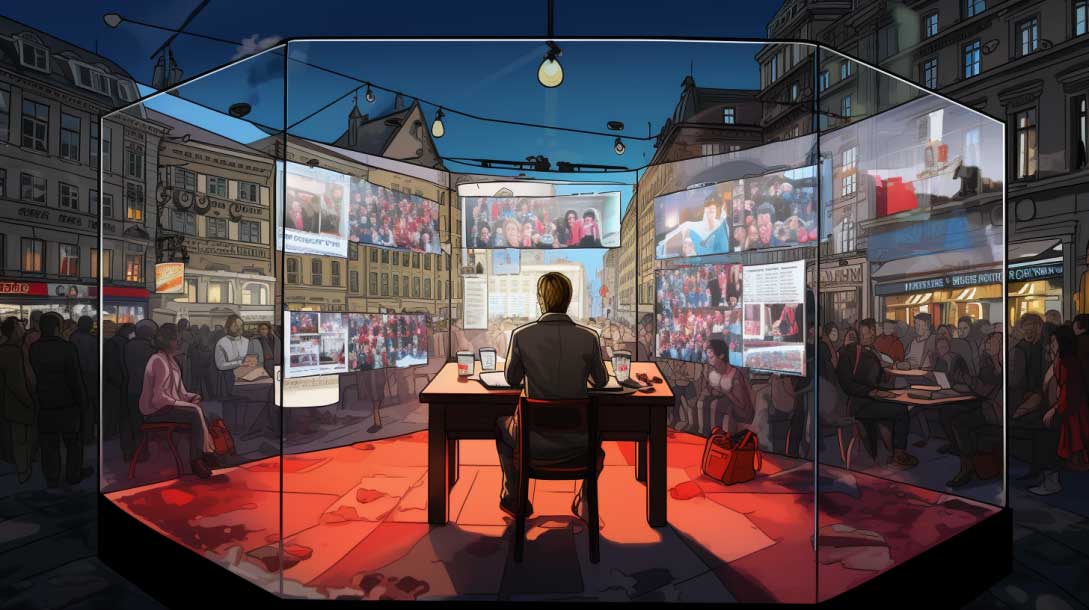It is only fitting that a series of articles about transparency begin transparently: I have written 10 very long essays that you probably don’t have time to read.
I really hope you do read them all, but I’m a busy journalist too and I know it might be too much to ask.
That is why I wrote one additional essay: a summary of all the key points made. This way, you can read the headlines, and hopefully dive into the detail later. But before I get to the Cliff’s Notes: a confession.
I used to think I knew how to fix journalism. Yes, me: a fresh-faced university student in the early 2010s, thought: “If only the audience understood. We journalists have more professional know-how, journalistic ethics and editorial guidelines to adhere to than social media influencers. If they knew more about how the news is made, they’d value us more.”
I wasn’t alone in thinking like this: more and more people were talking about the need for “journalistic transparency”. That was typically shorthand for showing the audience how journalism is made in order to improve their trust in us.
But while the talk grew in volume, I didn’t see much changing in practice over the years. So I came to the Reuters Institute for the Study of Journalism with the aim of defining best practices in journalistic transparency and winning back our audiences.
I’m just going to spoil the ending right away: after talking with journalists, academics and ombudsmen, and after reading research and analysis about it, I am far less convinced that transparency is the silver bullet solution it has been hyped up to be.
More specifically, I’ve become sceptical of transparency’s ability to do anything meaningful to increase trust from the audience.
I guess I’ve also become a bit jaded about the transparency discourse and how so many journalists – myself included – accepted it at face value, without much critical thinking. It isn’t actually that difficult to see why transparency might not be a very effective cure to our problems as an industry.
I’m not proposing that we throw the idea of more transparent journalism out of the window entirely. However, over the course of these 10 essays, I hope you will see why I have come to think we should manage our expectations of it.
The transparency hypothesis
Transparency has been proposed by both journalists and academics as a solution to falling trust. The working theory: by showing how news is made, audiences will trust journalism more.
The nature of the problem this theory aims to address seems similar in many countries: the relationship between news publications and audiences is broken.
The hypothesis: if publications explained their processes, gave information about how and why a story was made, disclosed more background information or introduced the authors creating the journalistic content, then the audience would be more trusting.
The science of trust
If you have a hard time pinpointing what trust in news actually means, you’re not alone. It’s complicated. Many media scholars think trust in news media is a form of institutional trust and could be defined as “voluntary vulnerability”.
Seguir leyendo: Reuters Institute
Imagen: Midjourney


